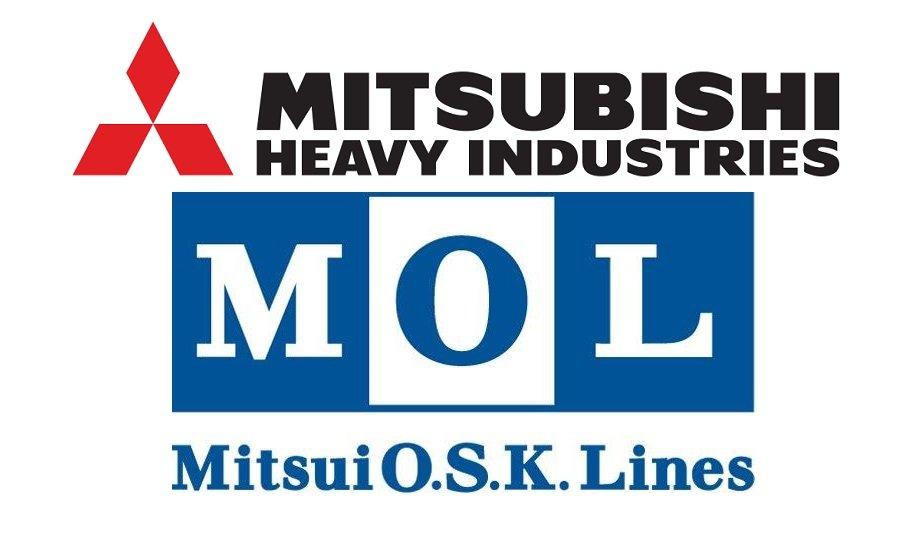Ammonia FSRU
Ammonia FSRU is a floating facility for receiving and storing ammonia which is transported in a liquid state from its production area, and the stored ammonia is then heated and regasified onboard for transfer to an onshore pipeline.
Ammonia FSRU can be constructed at a lower cost and in a shorter time than onshore ammonia storage and regasification plants. At a time when global interest in the usage of ammonia is increasing, the application of Ammonia FSRU in place of onshore storage and regasification plants is expected to contribute to an earlier and stable supply of ammonia fuel.
Specifications of ammonia study
The study covered the feasibility of employing ammonia fuel to generate the power required for the operation of FSRU
In the newly completed conceptual study, Mitsubishi Shipbuilding conducted multiple case studies of FSRU which have different specifications according to the ammonia’s supply conditions, regasification method, tank capacity, etc., in order to respond to a wide range of demands, and eventually developed designs of more environmentally friendly Ammonia FSRU.
The study also covered the feasibility of employing ammonia fuel to generate the power required for the operation of the FSRU itself.
MoU with MOL, Kansai Electric
In addition, Mitsubishi Shipbuilding has just concluded a memorandum of understanding (MOU) with MOL and The Kansai Electric Power Co., Inc. whereby the parties will examine the possibilities of future introduction of Ammonia FSRU. They are aiming at realisation of the first Ammonia FSRU in the world, making the most of Mitsubishi Shipbuilding’s expertise in ammonia handling technologies.
Ammonia is now mainly used as a raw material of fertilizers, and although the volume of maritime transportation is limited so far, the demand is expected to increase in the future as next-generation clean energy that does not emit CO2 when burned. In the global trend toward decarbonisation, movements toward making strategic use of ammonia are increasing, especially in Asia.
Energy transition
Going forward, according to MHI Group’s strategy of advancement of the energy transition, Mitsubishi Shipbuilding will strive to promote decarbonisation of the maritime industry as well as to contribute to realising a carbon-neutral society and reduction of environmental load on a global scale, by utilising its technologies and expertise in ammonia handling accumulated through its long experience in building multi-gas carriers for transporting LPG and ammonia.










